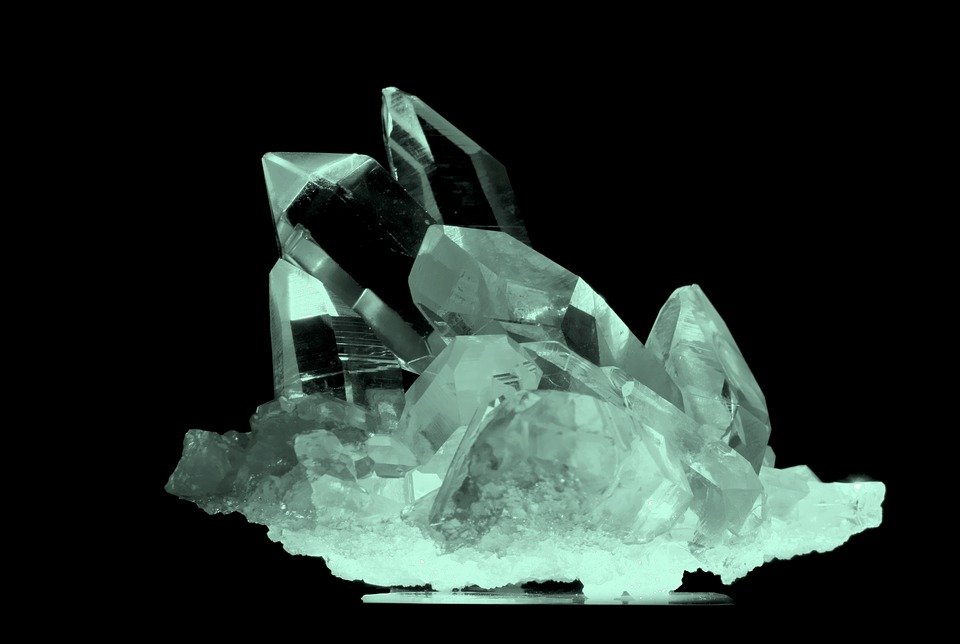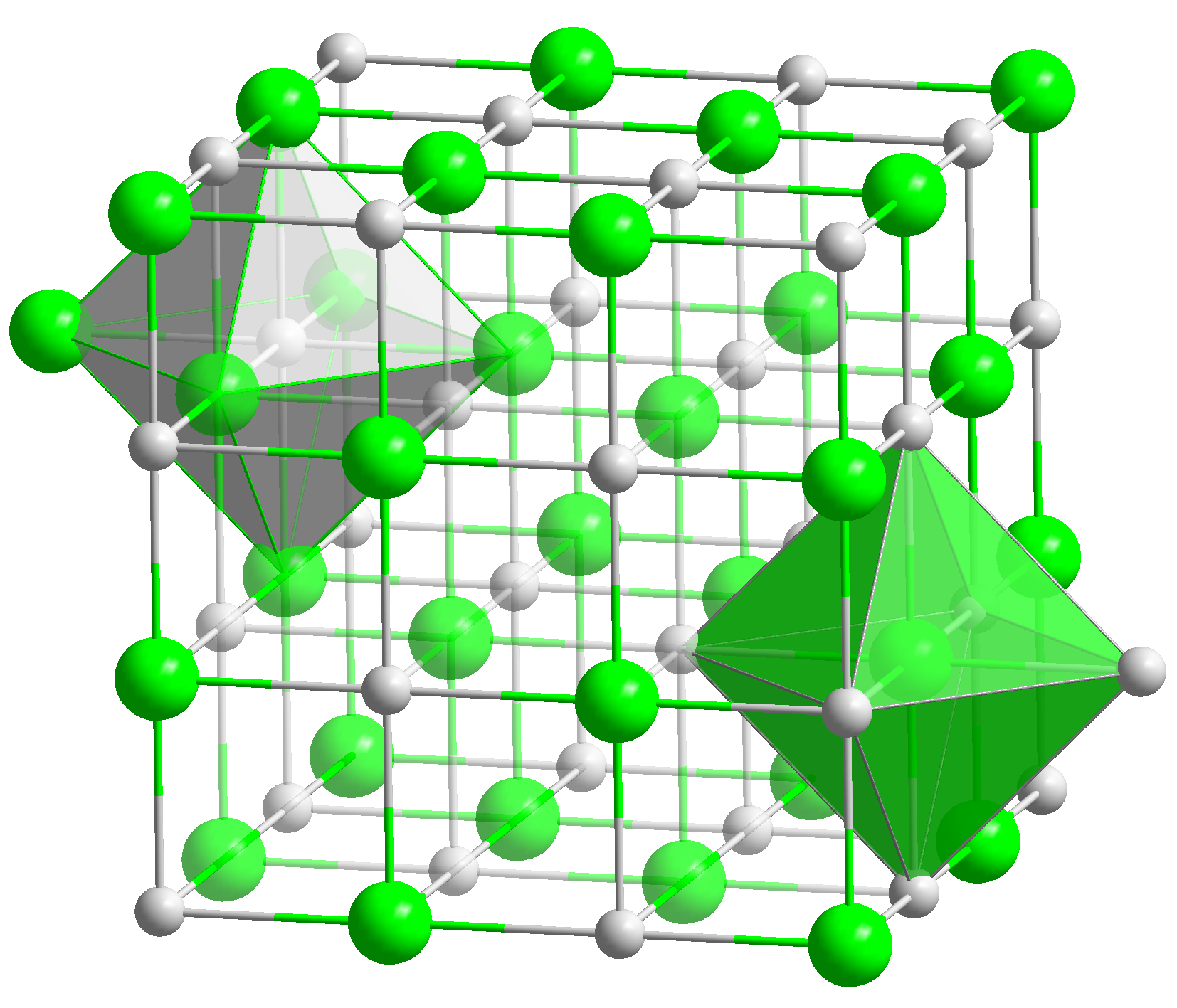
For all those here who are a little bit touched about physics, it is known that we live in a four-dimensional space-time. The first three dimensions are length, width and height, forming a completely normal 3D model that is also known from common graphics and computer software. The fourth dimension is time, which is actually rather an auxiliary dimension, which allows a clear recording of positions.
2012, the Nobel laureate in physics Frank Wilczek, who works at the Massachusetts Institute of Technology, dealt with so-called time crystals. In order to understand what this means, we must first repeat our knowledge of ordinary crystals.
What are crystals?
A crystal is basically a solid, whose atoms not only whirl around. A very significant characteristic of a crystal is its ordered structure. In science, a crystal is understood to mean not only that which can be found in the mine, but also table salt, sugar, minerals and ice. It is interesting to note that when water changes its aggregate state from liquid to solid, i. e. freezes, the atoms arrange themselves regularly, i. e. the distance between each atom is the same. This regular arrangement is called discrete symmetry in science, i. e. a room reflection. 
How can this concept be applied on a time crystal?
As discrete symmetry appears to be proven in a crystal in the first three dimensions, theoretical physicist Wilczek considered whether a regular arrangement, i. e. a symmetry break, would not be possible in the fourth dimension as well. If we look at these considerations from a different point of view, we are simply looking for a periodical pattern over time. So Wilczek went looking for something comparable in the fourth dimension.
The problem, however, is that such a structure would never be at rest and would always follow periodic processes - which would result in concreto a perpetuum mobile - which would be impossible according to the laws of thermodynamics. For when one becomes aware of the two main principles of thermodynamics, one realizes that a perpetuum mobile, described by the Indian astronomer Lalla for the first time, always violates one main principle of thermodynamics and is therefore physically impossible.
The sobering result... or not?
Following years of heated discussions, Haruki Watanabe and Masaki Oshikawa in 2015 came to the conclusion that it was impossible to break the system in the fourth dimension. However, this decision was made on the basis of thermodynamic equilibrium, which opened a loophole for a California team. Before the groundbreaking article was published in Nature Fachjournal in January 2018, the researchers had already carried out the experiment in the laboratory.
There were two experiments. At the University of Maryland, the team around Jiehang Zhang had manipulated ten ions with a laser that were in a magnetic trap. The researchers were able to switch off the thermodynamic equilibrium with the laser field.
Surprisingly, the spins did not follow the second laser, but returned to their original state after twice the time. In the second team, the number of spins in diamonds was increased considerably and they were irradiated with microwaves. Essentially, similar findings were obtained from two completely different experiments, which proves that a time crystal is a general phenomenon. Thus, the spins have a kind of internal clock which, independent of external influences, returns the spins to their original position at regular intervals. An application for quantum computers is already being considered.
This article is a translation done by me. You can read my german article here
sources in german:
https://de.wikipedia.org/wiki/Kristall#Eigenschaften
https://de.wikipedia.org/wiki/4D
http://www.spektrum.de/news/wie-erzeugt-man-einen-zeitkristall/1440322

Have you ever heard about time crystals? :-)
your @infinitelearning